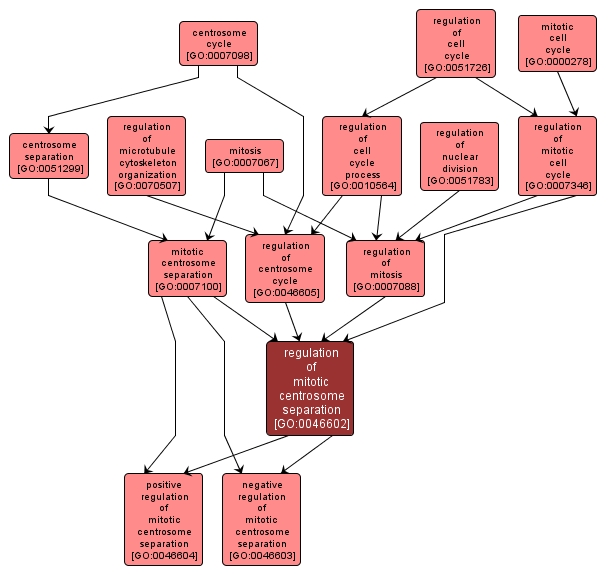GO TERM SUMMARY
|
| Name: |
regulation of mitotic centrosome separation |
| Acc: |
GO:0046602 |
| Aspect: |
Biological Process |
| Desc: |
Any process that modulates the frequency, rate or extent of the separation of duplicated centrosome components at the beginning of mitosis. |
|

|
INTERACTIVE GO GRAPH
|














